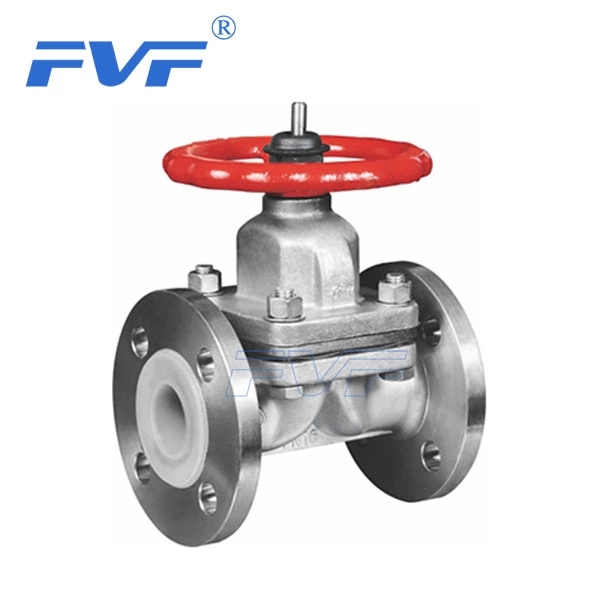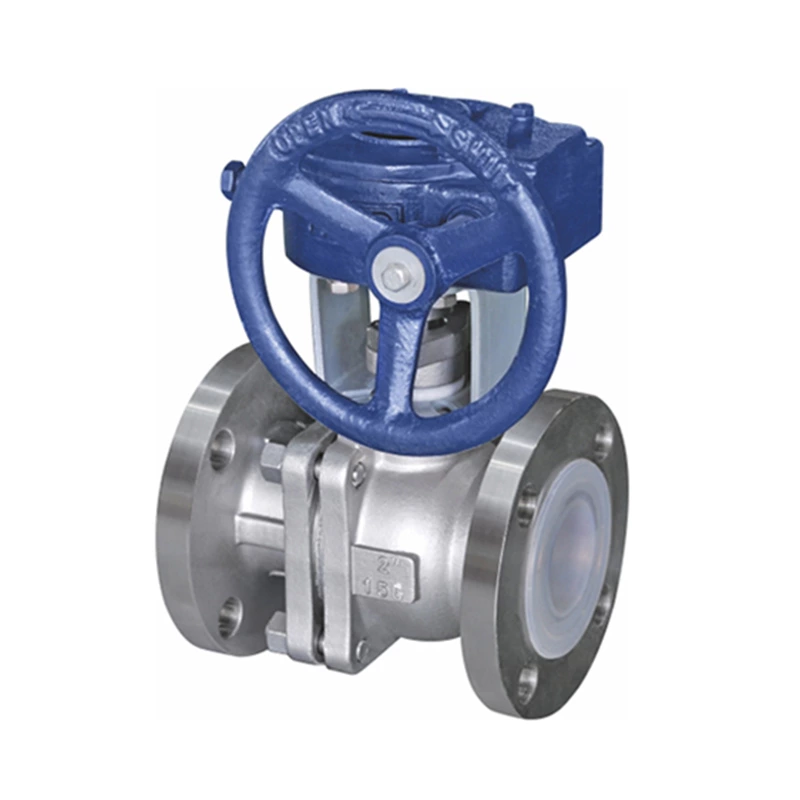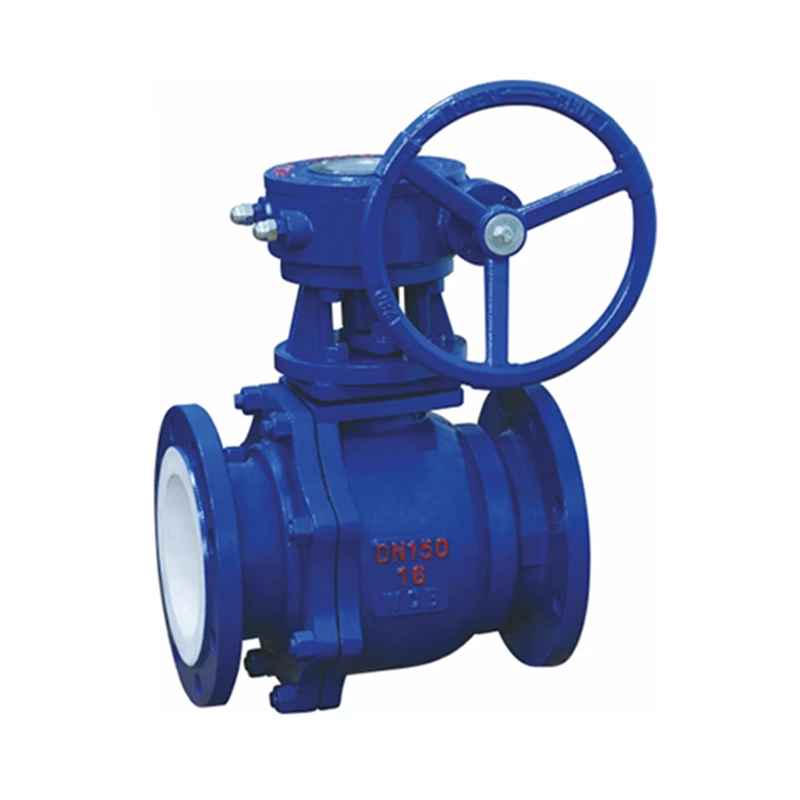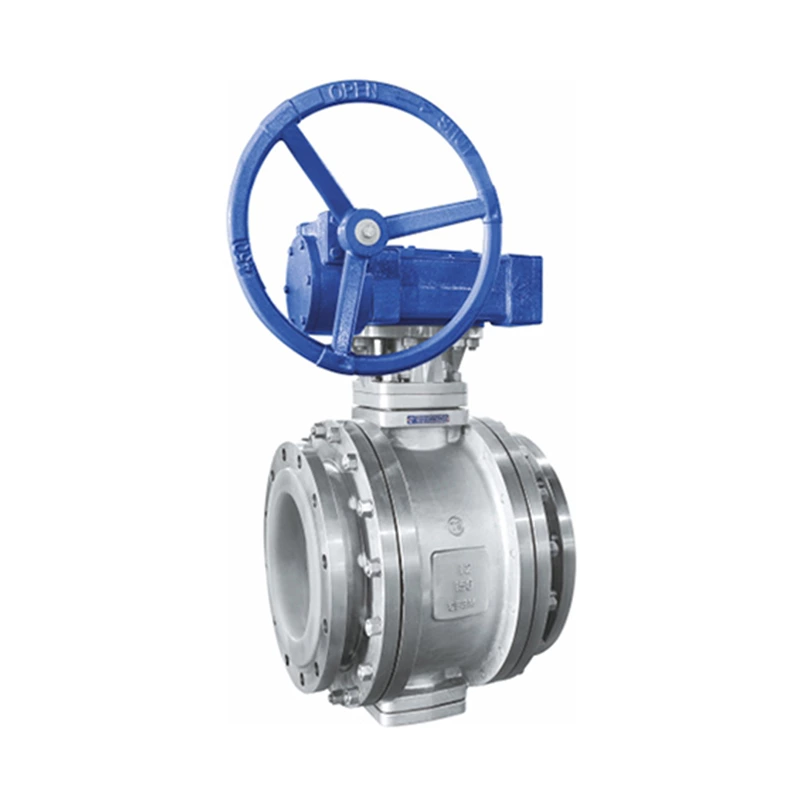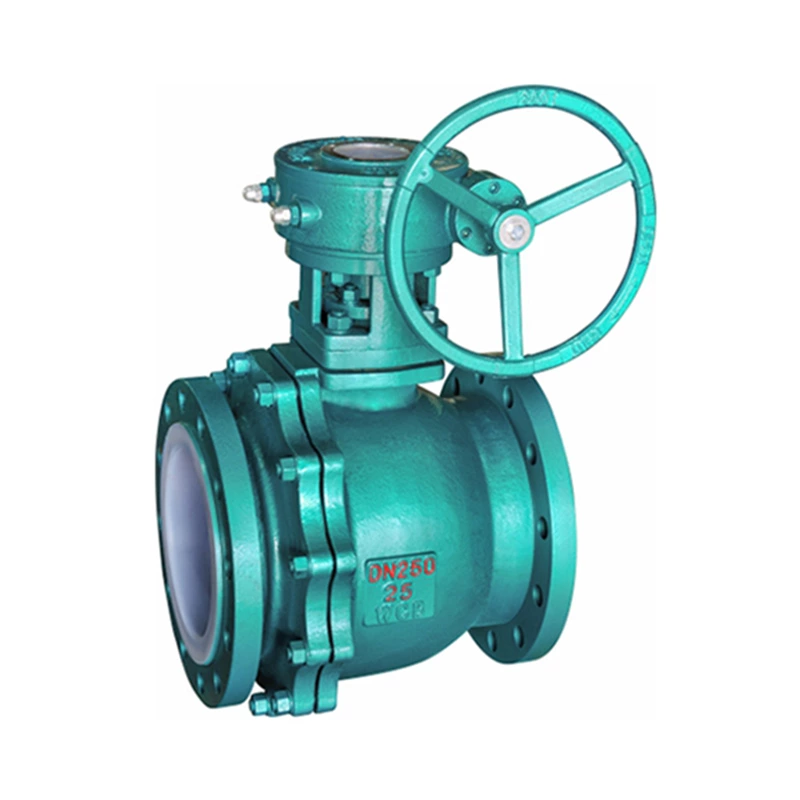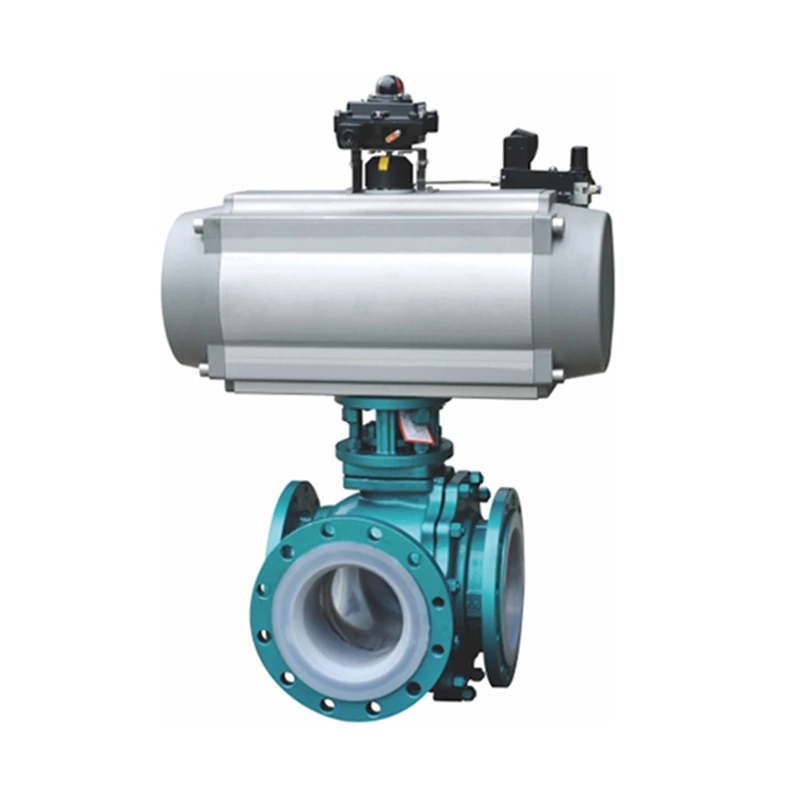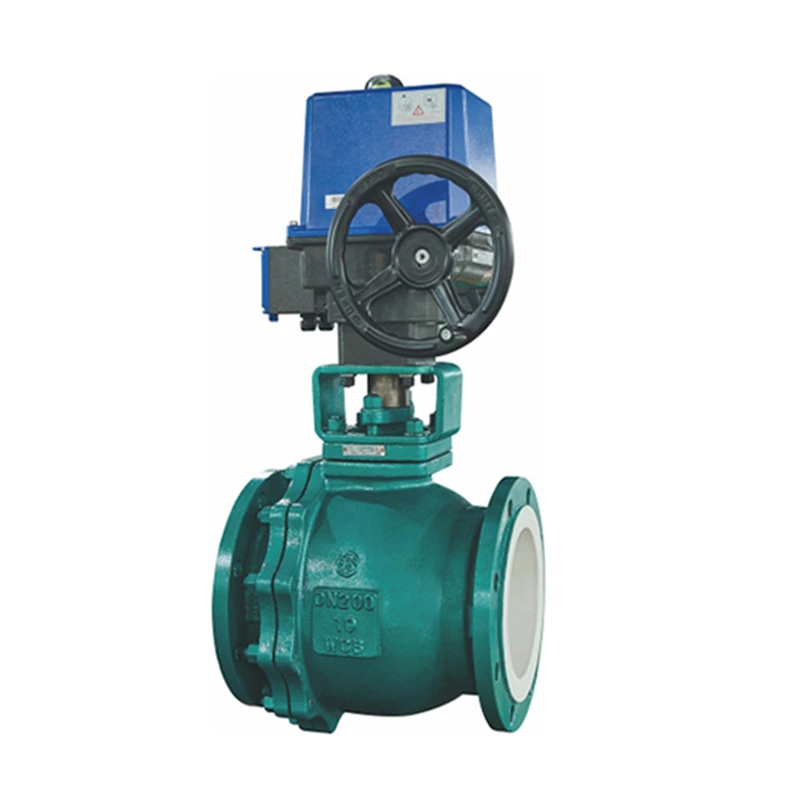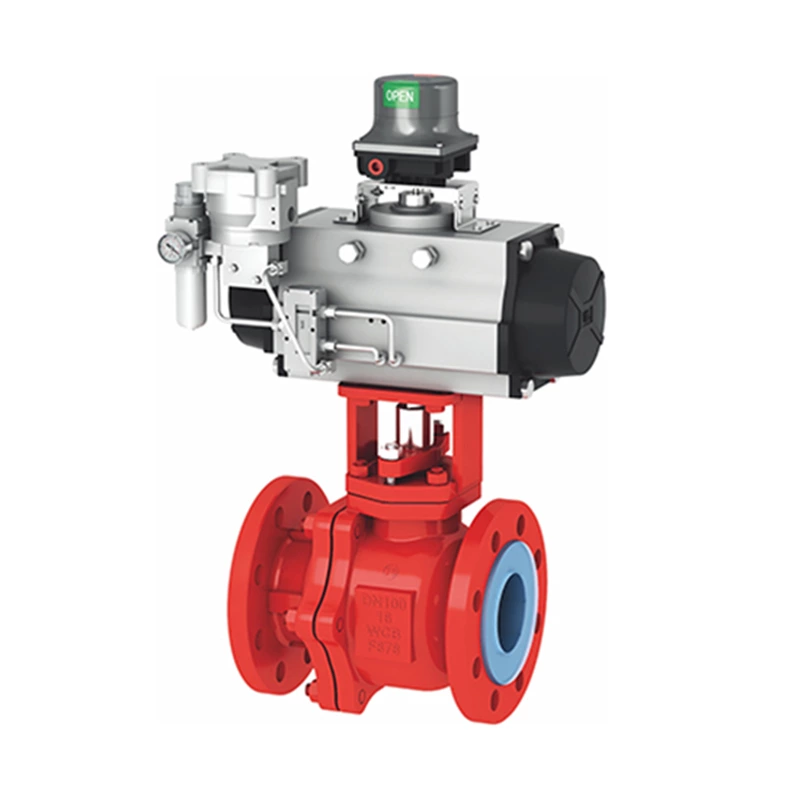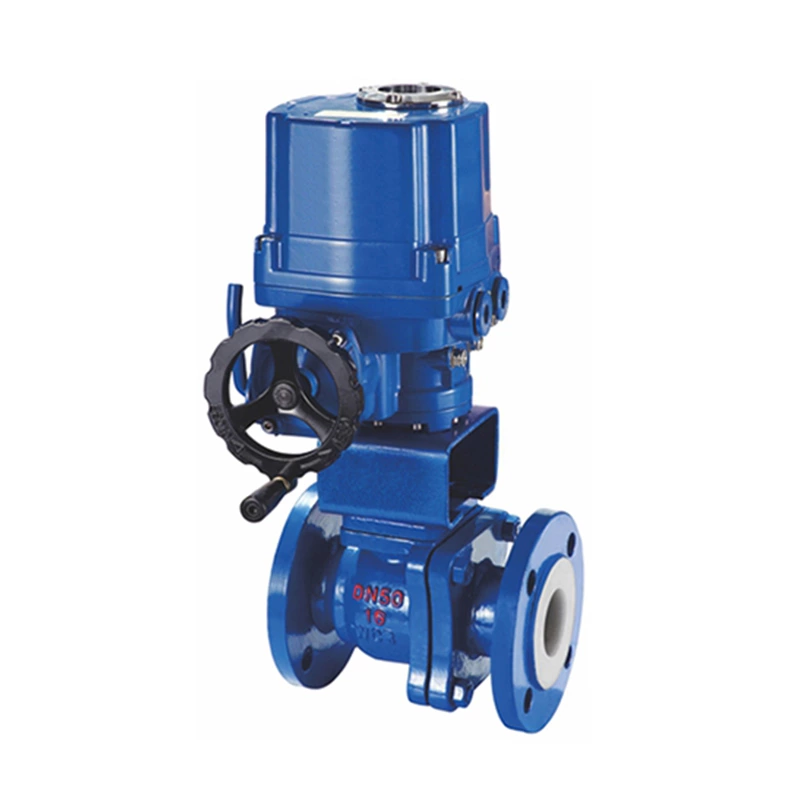Valve Knowledge-diaphragm Valve
The most prominent feature of Lined Diaphragm Valve is that the diaphragm separates the inner cavity of the lower valve body from the inner cavity of the upper valve cover, so that the valve stem, valve disc and other parts above the diaphragm are not corroded by the medium, the packing sealing structure is omitted, and there will be no leakage of the medium. The diaphragm made of soft seals such as rubber or plastic has good sealing performance. Since the diaphragm is a wearing part, it should be replaced regularly depending on the characteristics of the medium. Limited by the diaphragm material, the diaphragm valve is suitable for low pressure and relatively low temperature occasions. Diaphragm valves can be divided into six types according to the structural form: house type, direct current type, stop type, straight-through type, gate type and right angle type; the connection form is usually flange connection; according to the drive mode, it can be divided into manual, electric and pneumatic types, among which pneumatic drive is divided into normally open, normally closed and reciprocating types.
Diaphragm valve is a special form of shut-off valve that appeared in the 1920s. Its opening and closing parts are a diaphragm made of soft material, which separates the inner cavity of the valve body from the inner cavity of the valve cover and the drive components, so it is called a diaphragm valve. The opening and closing part of the diaphragm valve is a diaphragm made of soft material, which separates the inner cavity of the valve body from the inner cavity of the valve cover. The diaphragm valve is actually just a "clamp" valve, an elastic, perturbed diaphragm, connected to the compression part with a screw, and the compression part is operated by the valve stem to move up and down. When the compression part rises, the diaphragm is lifted up to form a passage. When the compression part falls, the diaphragm is pressed on the weir of the valve body (if it is a weir valve) or on the bottom of the profile (if it is a straight-through type). The diaphragm valve is suitable for switching and throttling.
Due to the structural design of the diaphragm valve itself, it is particularly suitable for ultra-pure media or heavily contaminated, very viscous liquids, gases, corrosive or inert media. When combined with control equipment, the diaphragm valve can replace other traditional control systems, especially for solid and easily contaminated inert media. The products are mainly used in biopharmaceutical, food, and industrial water treatment in the power, chemical, electroplating, and other industries. They are also used in the production of semiconductor wafers. Diaphragm valves are particularly suitable for transporting corrosive and viscous fluids, such as mud, food, medicine, and textile adhesives. Because the operating mechanism of the diaphragm valve is not exposed to the transported fluid in the pipeline, it is non-polluting, does not require packing, and the valve stem packing is unlikely to leak.
